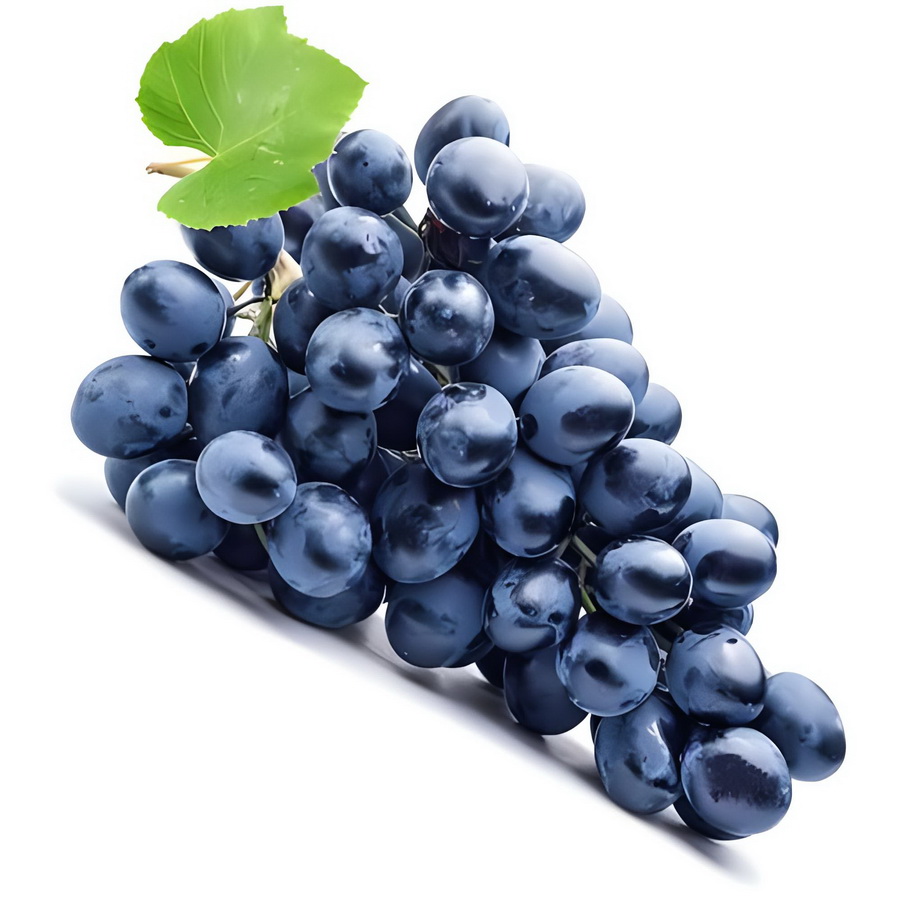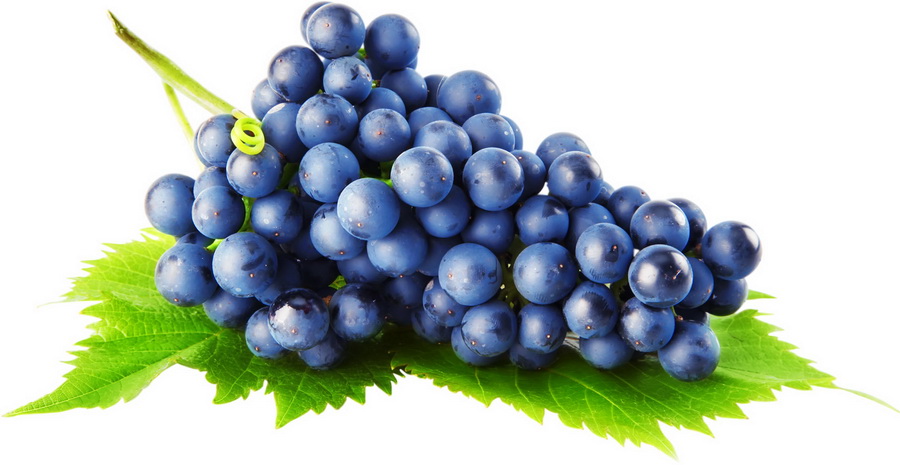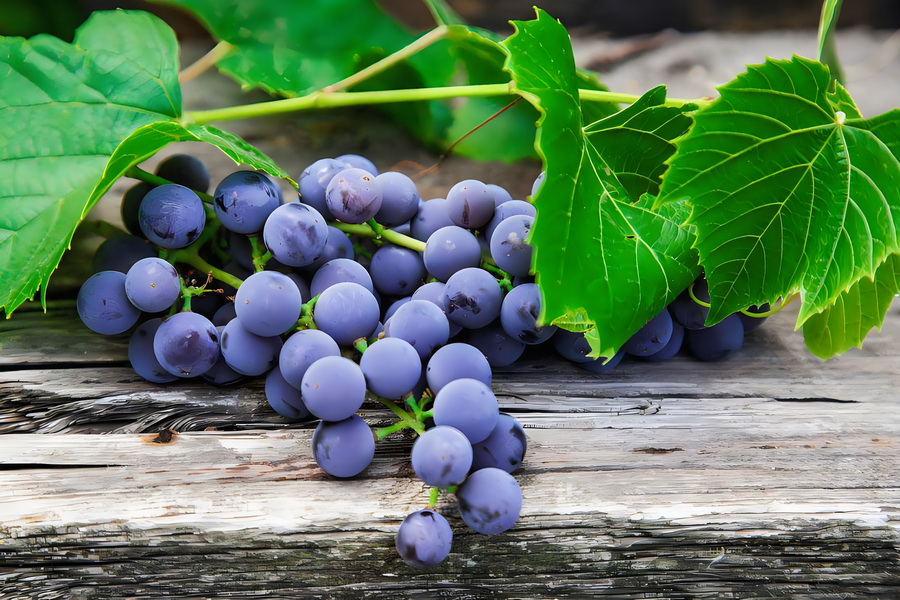Fruit:Grape

The Grape: A Delicate Fruit with Vast Culinary and Nutritional Values
The grape, a small, round fruit with a distinctive sweet-tart flavor, has been a part of human civilization for millennia. Native to the Mediterranean region, the grape has found its way into various cuisines and cultures, becoming a staple fruit in numerous diets.
The grape's popularity can be attributed to its unique flavor profile and diverse uses. It can be eaten raw, used in juices, wines, jellies, and desserts, or even cooked into savory dishes. The fruit's versatility makes it a highly versatile ingredient in the kitchen.
Beyond its culinary uses, the grape also boasts impressive nutritional benefits. It is a rich source of vitamins and minerals, including vitamins C and K, potassium, and antioxidants. These nutrients help support various bodily functions, from maintaining eye health to promoting cardiovascular well-being.
The grape's antioxidants, particularly polyphenols and flavonoids, have been extensively studied for their potential health benefits. These compounds have been linked to reducing the risk of chronic diseases such as heart disease and cancer. They also possess anti-inflammatory and neuroprotective properties, making them beneficial for maintaining overall health.
In addition to its nutritional value, the grape has also found its way into various cultural traditions and symbolisms. It has been used to celebrate , symbolize love, and even represent immortality in some cultures.
In conclusion, the grape is a remarkable fruit that offers both culinary and nutritional riches. Its unique flavor, versatility, and health benefits have made it a beloved fruit across the globe. As we continue to explore the potential of this delicate fruit, it remains an essential part of our diets and cultural identities.









 Grape
Grape



